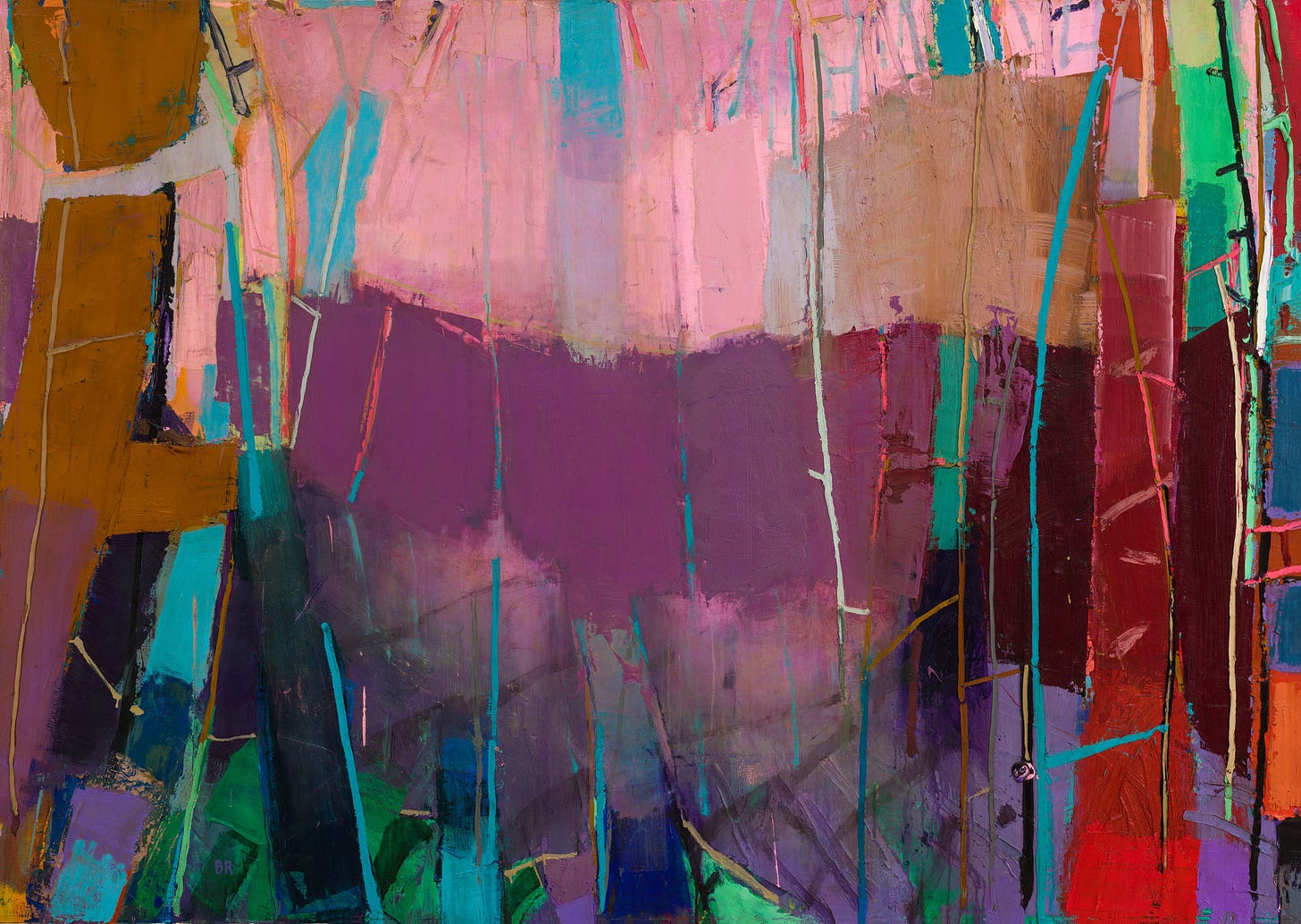In the Mud with Brian Rutenberg.
Twenty-five years of the South Carolina artist's electric meditations.
Keep reading with a 7-day free trial
Subscribe to Hanging Papers to keep reading this post and get 7 days of free access to the full post archives.

